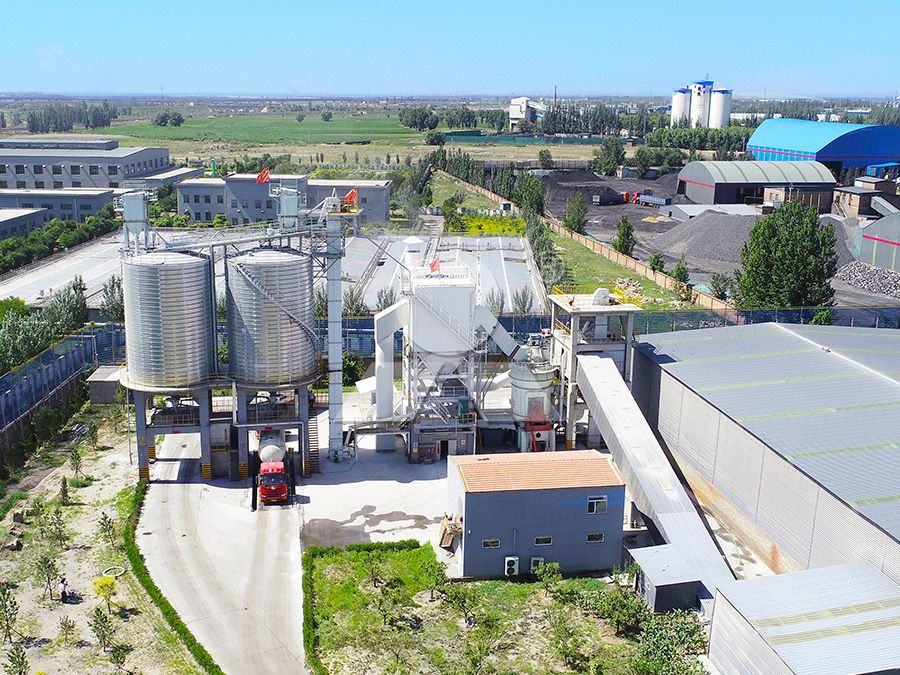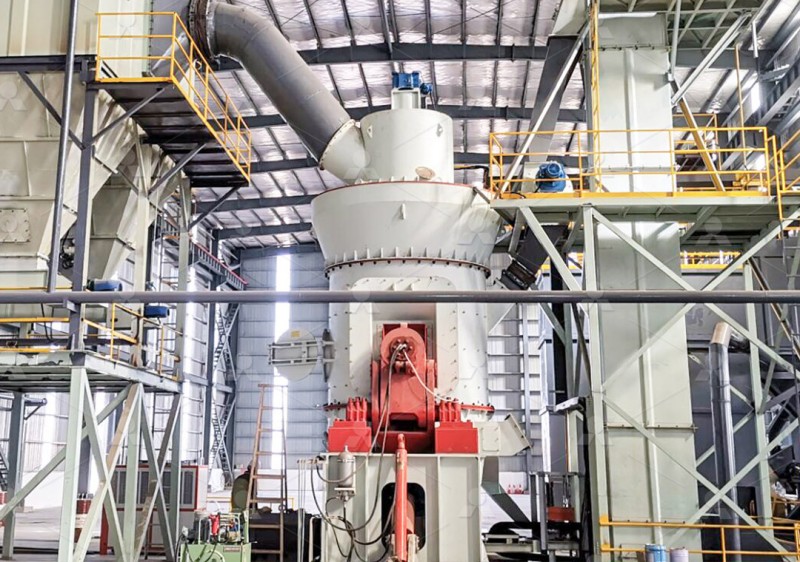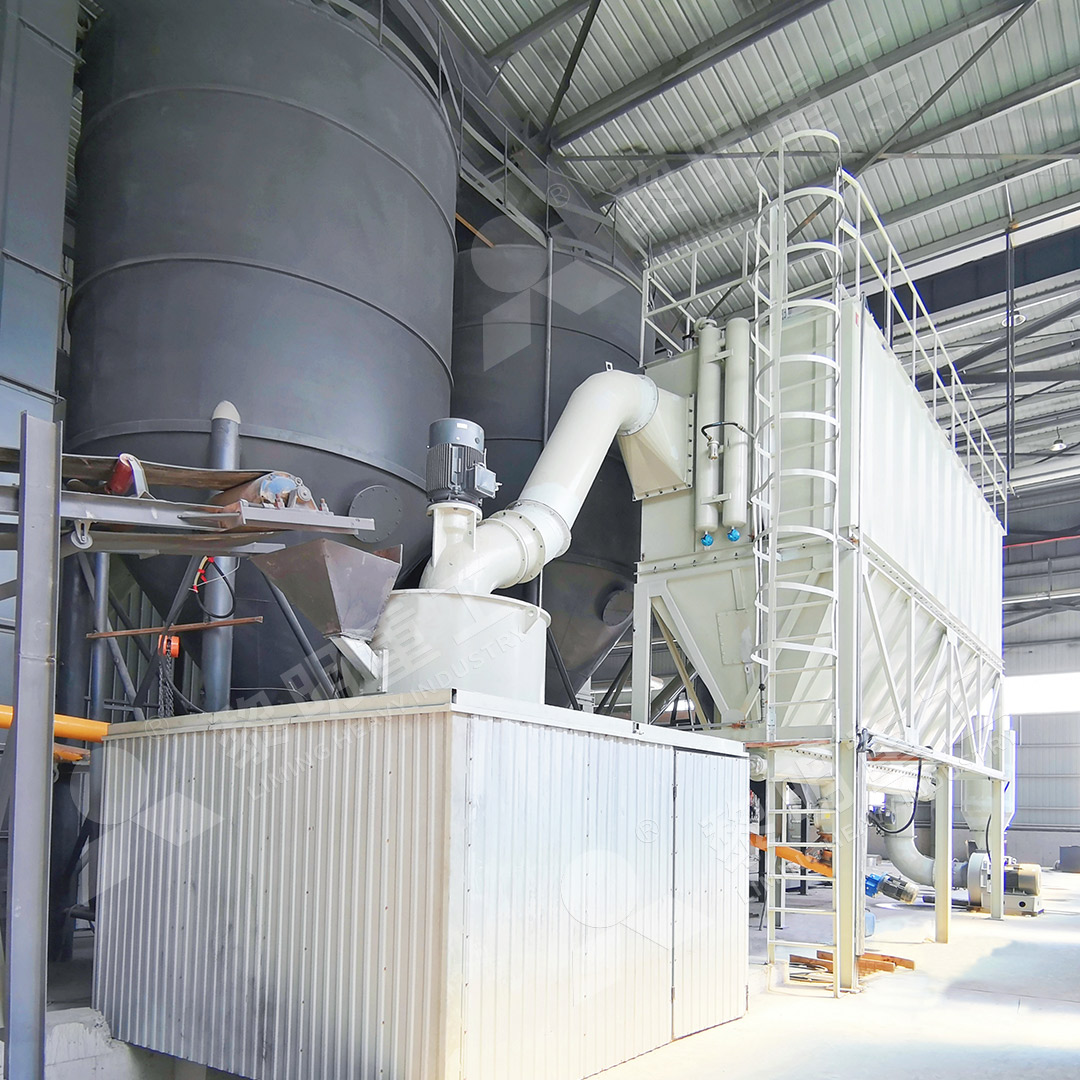Vertical Roller Mill for Slag Powder Production
Revolutionizing Slag Utilization Through Advanced Grinding Technology
In today’s construction and manufacturing industries, the efficient processing of industrial by-products like slag has become increasingly important. Slag, a byproduct of steel production, possesses excellent cementitious properties when properly ground into fine powder. The transformation of this industrial waste into valuable construction material represents both an economic opportunity and an environmental imperative.

Traditional grinding methods often struggle with the abrasive nature of slag materials, leading to excessive wear, high energy consumption, and inconsistent product quality. This is where advanced vertical roller mill technology demonstrates its superiority, offering a comprehensive solution that addresses these challenges effectively.
The Technical Advantages of Vertical Grinding Systems
Modern vertical roller mills represent a significant leap forward in grinding technology. These systems integrate multiple processes—crushing, drying, grinding, classifying, and conveying—into a single, compact unit. The vertical orientation naturally facilitates material flow while reducing the overall footprint by up to 50% compared to traditional ball mill systems.
What truly sets these systems apart is their energy efficiency. By utilizing the material bed grinding principle rather than impact or attrition alone, vertical mills achieve remarkable energy savings of 30-40% over conventional systems. The grinding rollers operate against a stationary table, applying pressure to the material layer rather than striking individual particles, resulting in more efficient comminution with reduced wear.
Specialized Solutions for Slag Processing
When it comes to slag specifically, the challenges are unique. Slag materials tend to be abrasive and often contain metallic inclusions that can damage conventional grinding equipment. Furthermore, the moisture content in freshly produced slag requires effective drying capabilities within the grinding system.
Our LM Vertical Slag Mill has been specifically engineered to overcome these challenges. With an input size capability of 38-65mm and capacity ranging from 7-100 tons per hour, this system handles industrial slag with remarkable efficiency. The integration of drying and grinding processes eliminates the need for separate drying equipment, while the robust construction withstands the abrasive nature of slag materials.

The LM Vertical Slag Mill incorporates several proprietary technologies that make it particularly suitable for slag applications. The grinding roller and table are designed with special wear-resistant materials that significantly extend service life. The hydraulic system allows for precise pressure control, optimizing grinding efficiency while minimizing wear. Additionally, the intelligent separation system ensures consistent product quality with narrow particle size distribution.
Environmental and Economic Benefits
The adoption of vertical roller mill technology for slag processing delivers substantial environmental advantages. By converting industrial waste into valuable construction material, these systems support circular economy principles. The closed-system design prevents dust emissions, while the energy-efficient operation reduces the carbon footprint associated with slag processing.
From an economic perspective, the benefits are equally compelling. The reduced energy consumption translates directly to lower operating costs. The compact design requires less space and lower civil construction costs. Maintenance requirements are minimized through intelligent design features like the reversible grinding roller structure, which allows for easy maintenance without extensive disassembly.
For operations requiring ultra-fine slag powders, our MW Ultrafine Grinding Mill offers exceptional capabilities. With adjustable fineness between 325-2500 meshes and capacity up to 25 tons per hour, this system produces premium quality slag powders for specialized applications. The unique design without rolling bearings or screws in the grinding chamber eliminates common failure points, ensuring reliable operation even with challenging materials.

Frequently Asked Questions
What makes vertical roller mills more suitable for slag processing than traditional ball mills?
Vertical roller mills offer several advantages for slag processing, including 30-40% lower energy consumption, integrated drying capability, smaller footprint, and better control over product fineness. The material bed grinding principle is particularly effective for the abrasive characteristics of slag.
How does the LM Vertical Slag Mill handle the abrasive nature of slag materials?
The LM Vertical Slag Mill incorporates specially designed wear-resistant materials for grinding components, hydraulic pressure optimization to minimize unnecessary wear, and a robust construction that withstands the challenging processing conditions of slag materials.
What particle size range can be achieved with modern vertical slag mills?
Depending on the specific mill configuration, vertical slag mills can produce powders ranging from coarse cement replacement materials (around 4000 cm²/g Blaine) to ultra-fine powders exceeding 8000 cm²/g Blaine. The MW Ultrafine Grinding Mill can achieve fineness up to 2500 meshes (d97≤5μm).
How significant are the energy savings with vertical roller mill technology?
Energy savings typically range between 30-40% compared to traditional ball mill systems. Additional savings come from the integrated drying capability, which eliminates the need for separate drying equipment.
What maintenance features are incorporated into these grinding systems?
Modern vertical mills include features like reversible roller systems for easy maintenance, external lubrication systems that allow operation without shutdown, hydraulic adjustment systems, and accessible component designs that reduce maintenance time and costs.
